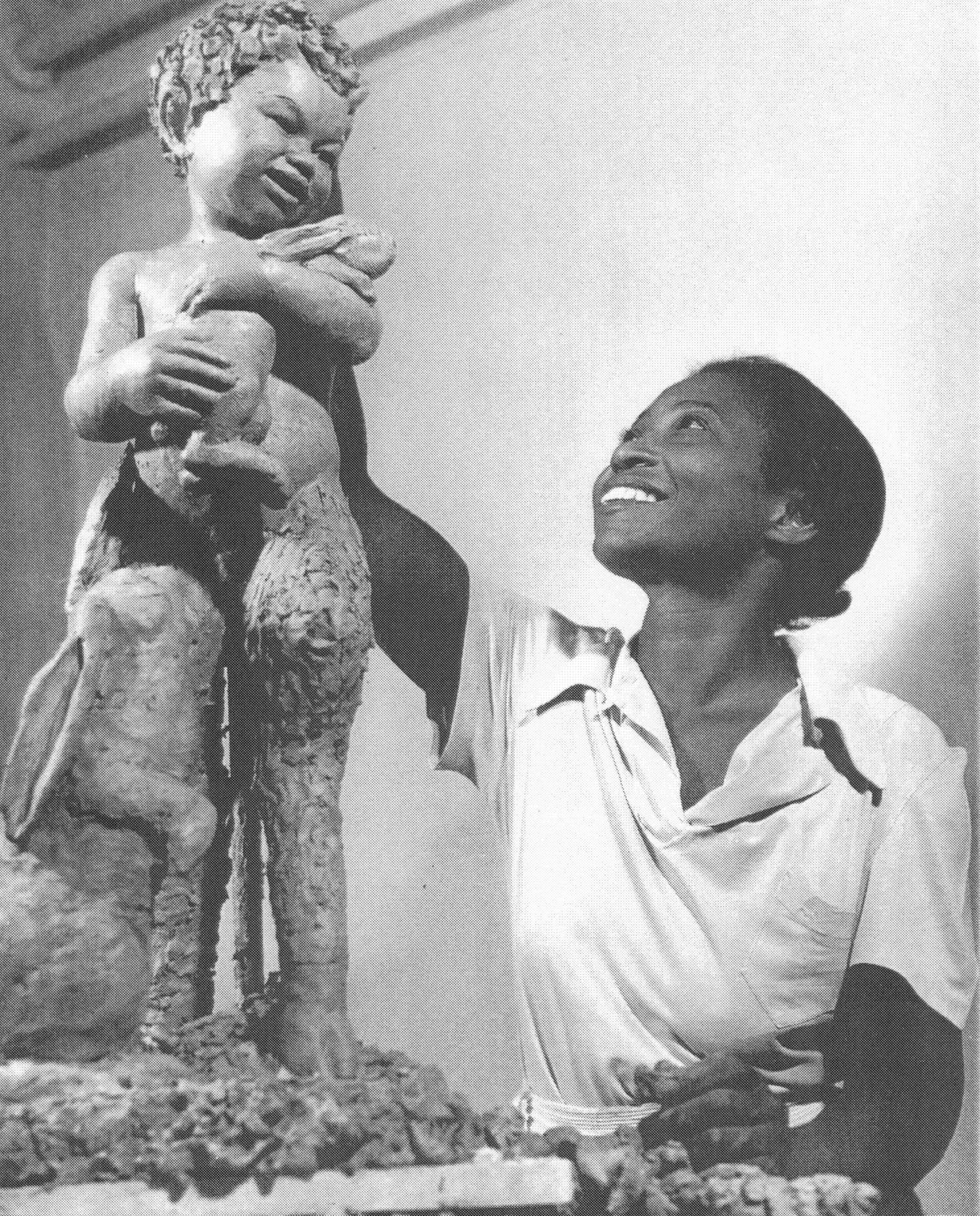Clay County Memories: Augusta Savage moved international audiences
As the 1800s waned, Rev. Fells and his wife Cornelia welcomed their seventh child into their two-story home on Middleburg Avenue in Green Cove Springs. They could not have realized the life she would …
This item is available in full to subscribers.
Attention subscribers
To continue reading, you will need to either log in to your subscriber account, or purchase a new subscription.
If you are a current print subscriber, you can set up a free website account and connect your subscription to it by clicking here.
If you are a digital subscriber with an active, online-only subscription then you already have an account here. Just reset your password if you've not yet logged in to your account on this new site.
Otherwise, click here to view your options for subscribing.
Please log in to continueDon't have an ID?Print subscribersIf you're a print subscriber, but do not yet have an online account, click here to create one. Non-subscribersClick here to see your options for subscribing. Single day passYou also have the option of purchasing 24 hours of access, for $1.00. Click here to purchase a single day pass. |
Clay County Memories: Augusta Savage moved international audiences
As the 1800s waned, Rev. Fells and his wife Cornelia welcomed their seventh child into their two-story home on Middleburg Avenue in Green Cove Springs. They could not have realized the life she would lead.
They named her Augusta and her destiny would be both bitter and sweet but most of all – huge. What she managed to accomplish in the field of art during the time she worked was truly remarkable and against all odds because she was born in the poor, rural South, she was a woman and she was black.
During her toddler years, Augusta spent most of her days in the shade of the persimmon tree growing in her parent’s front yard.
Monday was washday and she would have spent that playing on, around and under the back steps and digging doodle bugs in the dripline of the roof while her mother and older sisters wrestled water-sodden work clothes from wash tub to rinse tub to clothesline. Sunday was certainly church day.
Sunday was church day, all day, because among his other activities Augusta’s father was a fire and brimstone Old Testament preacher. To support his family, he farmed, raised livestock and did odd jobs to bring in cash to pay taxes and buy land. It’s hard to be the preacher’s kid and it would prove to be especially hard for Augusta.
When she reached the age where she was able to wander out of the yard, a whole new world opened to her. Wandering at the Clay County Brick works not very far from her home was her greatest treat. Workers would run her off from peering in the vast drying tunnels and lurking around the fierce ovens but to keep her away they would have to give her a bucket of clay. Happy as a lark, Augusta would spend hours shaping animals (ducks were a special favorite) and setting them in the sun to dry.
But when Rev. Fells discovered her creations, he branded them graven images and forbid her to continue or he would whip her. She persevered and he was true to his word – several times.
And here began what would be the recurring cycle of Augusta’s life – every advance in her artistic achievement seemed to be followed by stifling disappointment.
In 1921, she was welcomed into the group of immensely talented black writers, artists and musicians known as the Harlem Renaissance but patron support for her work was elusive and she struggled to survive. She won a scholarship to study in France which was withdrawn when the award committee learned she was black.
She received a fellowship from the Julius Rosenwald Fund and the Carnegie Foundation to study in Europe, where her work was widely praised and frequently honored. But when she returned to America, little had changed and the depression had begun. She survived financially only because she supervised a WPA project in her New York studio.
In 1939, her moving plaster sculpture named Lift Every Heart and Sing depicting near life-sized figures of a black choir in the hand of God was the talk of the World’s Fair, praised by critics and laymen alike. When the fair ended it was bulldozed with the buildings because the funds were not available to cast it in bronze.
Today, her work that has survived is recognized as breathtakingly powerful and she as an immense talent.
Augusta Savage carried the banner for all three groups – blacks, women and rural southerners, with dignity and relentless determination. That little girl with the dust of Clay County between her toes, the hard courage of its people in her heart, and its clay in her magical hands.








